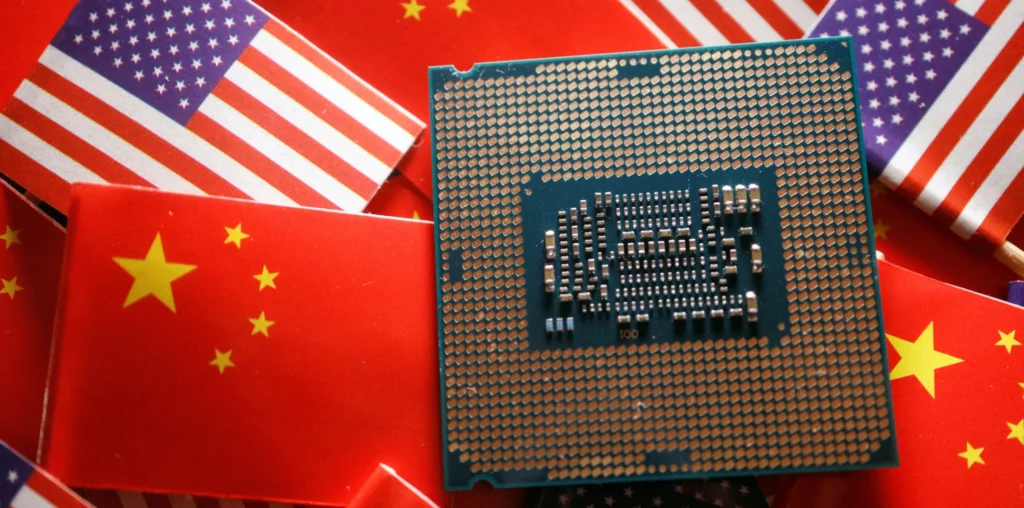The United States is on the brink of limiting American investments in artificial intelligence (AI) in China. This move signals a significant shift in the ongoing technological rivalry between the two global powerhouses.
The new regulations aim to prevent US expertise from bolstering China’s military capabilities. President Joe Biden set this initiative in motion by signing an executive order in August 2023.
The order targeted investments in sensitive technologies such as AI, semiconductors, and quantum computing. Currently, the final rules are under review at the Office of Management and Budget, indicating their imminent release.
The upcoming restrictions will encompass more than just AI investments. They will also cover semiconductors, microelectronics, and quantum information technologies.
US investors will be required to notify the Treasury Department about certain investments in these areas. Some investments may be completely prohibited.


Laura Black, a former Treasury official, suggests that the rules might be published before the November 2024 US presidential election. Typically, new regulations become effective after a 30-day window.
This timeline hints at imminent changes in US-China tech relations. The proposed rules place responsibility on US individuals and companies to identify restricted transactions.
The Future of US-China Tech Relations
This approach may necessitate significant due diligence from American investors and firms operating in or with China. It’s a complex task that could reshape US engagement with Chinese tech sectors.
These impending restrictions reflect escalating tensions between the United States and China in the technology sphere. US officials, including Treasury Secretary Janet Yellen, have stated they don’t intend to “decouple” from China.
However, these measures indicate ongoing efforts to safeguard sensitive technologies and maintain a strategic advantage. The impact of these rules will likely extend beyond the US and China.
Global technology markets and worldwide AI development could experience ripple effects. It’s a delicate balance between national security concerns and the benefits of international collaboration in tech innovation.
As the world observes, the implementation of these rules could establish a new precedent in international tech policy. It may prompt other countries to reassess their investment strategies in sensitive technologies.
These regulations will significantly change the global tech landscape. The coming months will be crucial as stakeholders prepare for this new reality.
US companies with interests in China’s tech sector may need to reevaluate their strategies. Similarly, Chinese firms relying on US investments might need to explore alternative funding sources.
However, this development transcends technology, touching on geopolitics, economics, and the future of innovation.
As the rules take shape, they will likely spark debates about balancing national security and technological progress. The tech world awaits with bated breath to see how this new chapter in US-China relations unfolds.

